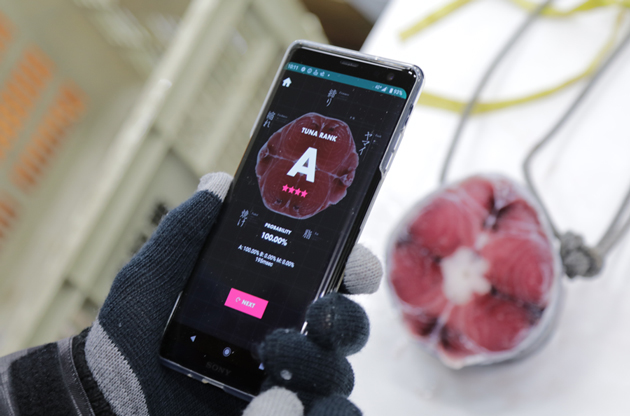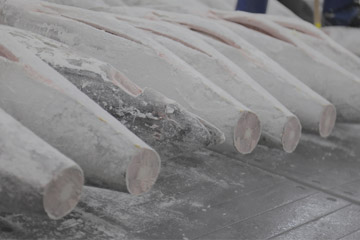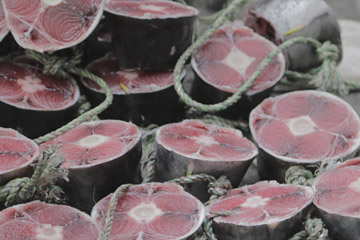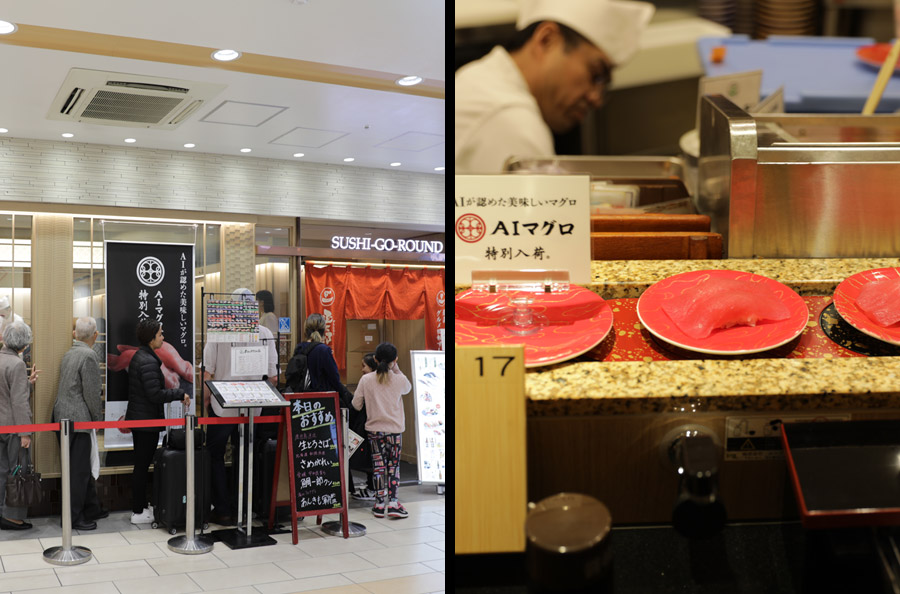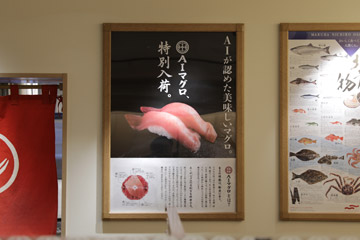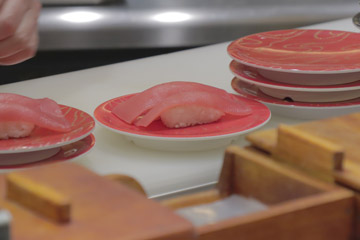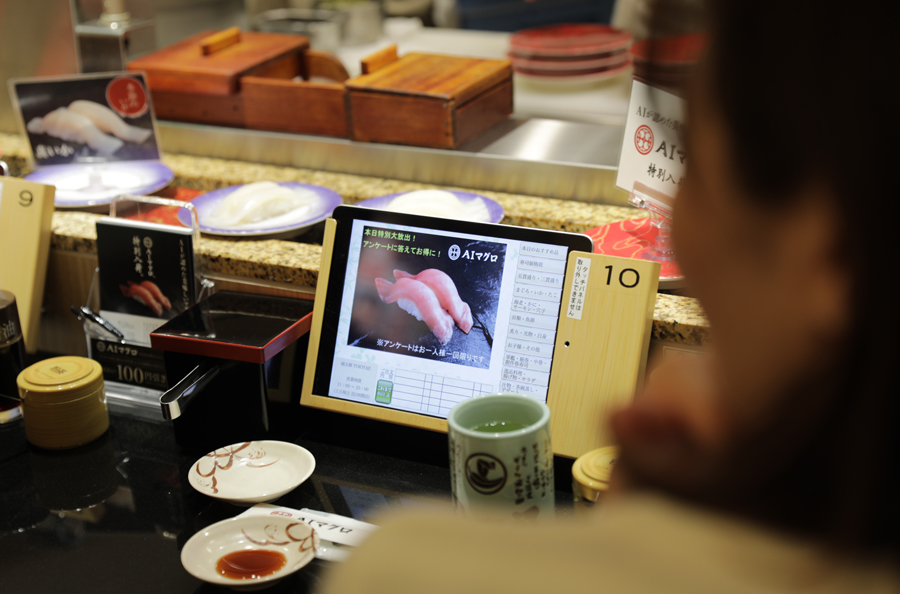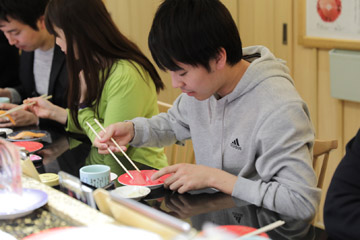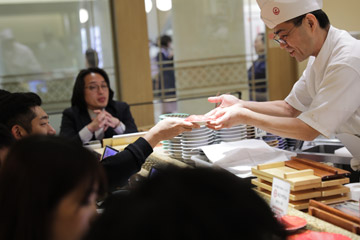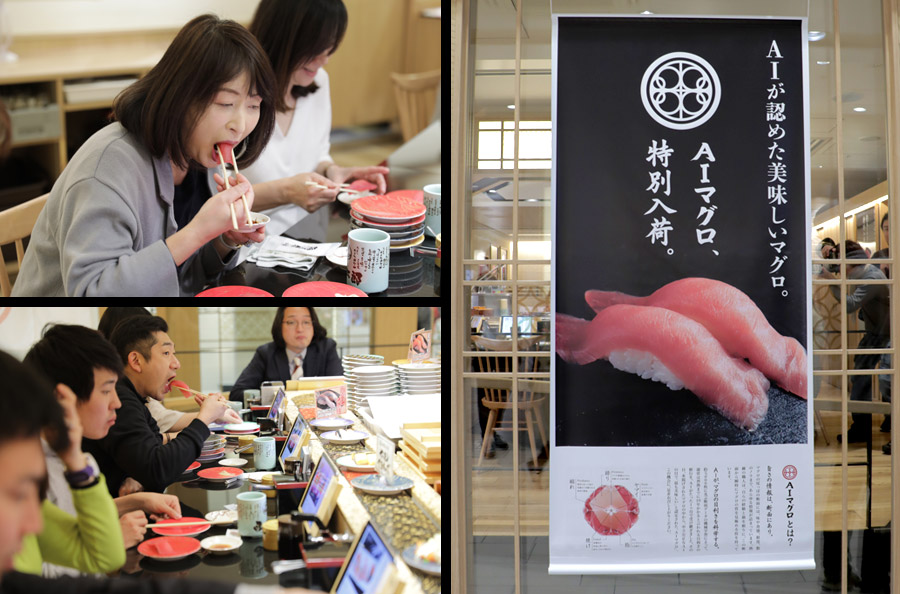
In Japan, there’s an artisanal skill that only a few have mastered – the skill of determining the quality of a tuna just by inspecting the cross section of its tail. This sophisticated skill that is honed by years of experience was passed onto the AI system TUNA SCOPE through a vast body of data on cross sections of tuna tails which it acquired via machine learning.
The system was implemented at a fish processing facility in Yaizu, one of Japan’s major port towns, and out of hundreds of yellowfin tuna, the ones the AI’s unfailing eyes graded as the tastiest went on to be sold as “AI Tuna” in limited quantities at the conveyor belt sushi restaurant, Kantaro Tokyo.
1,000 plates of AI Tuna were served to customers at the store located in the underground shopping complex of Tokyo Station, and with the tuna fair ending in a huge success, what did the customers have to say about the taste of this fully AI endorsed tuna?

